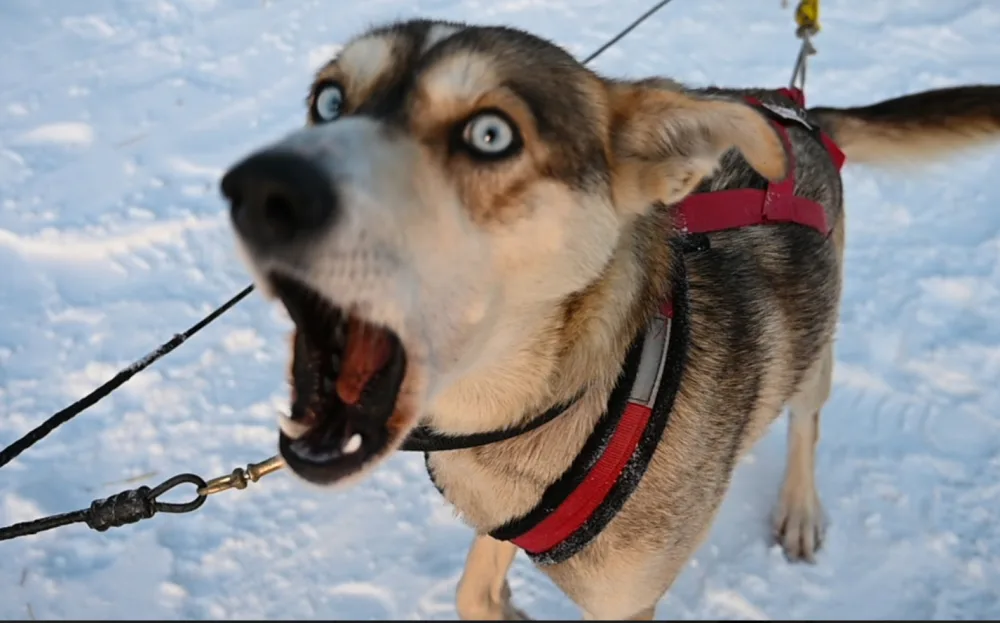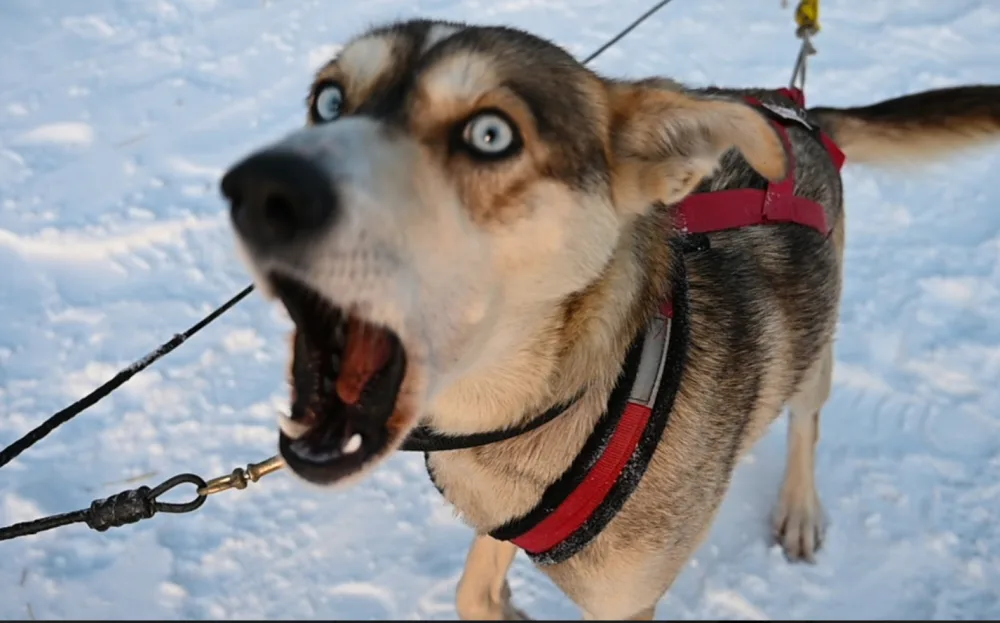
Protecting your pet's paws this winter
Planning ahead will go a long way in keeping your pet feeling paw-fect all winter long.
Pets need their exercise year-round -- but the winter climate can create challenges for our furry friends.
One winter risk factor is the salts used on roadways to melt snow and ice, which can irritate paws. You can limit contact with roadside chemicals and cold concrete with dog booties. They come in the form of physical boots and 'invisible' boots, which are wax-based substances applied directly to the paws. If all else fails, applying petroleum jelly to paws will work as well.
You can further reduce cold-related injuries by bringing a towel along and using it to clear away snow or ice that accumulates on your pet.
If your pet doesn't wear booties, make sure to wash their paws upon returning home -- this will prevent them from licking and ingesting road salts, which contain toxic substances.
Booties or not, make sure to regularly check your pet's paws for cracks, redness, or other signs of irritation.

Protect the paws! Photo courtesy: Kyle Brittain.
DRESS FOR THE CONDITIONS
Some dogs will also need their bodies protected from the elements. This is particularly important for smaller breeds. If your pup doesn't like clothing, introduce it to them gradually, increasing time intervals, and reward them with a treat or a fun walk whenever they wear it.
Dr. Gary Landsberg, a veterinarian behaviourist who has been practicing for more than 30 years, told The Weather Network in November it's important to take your pet's breed into account because different animals have different cold tolerance levels.
"You have to know your pet and the environment that you live in. For instance, if you lived in Florida your pet probably couldn't handle weather below -5°C for more than a few minutes. You really have to look at the breed and observe," he said, adding outdoor activity should be strictly monitored and limited when temperatures are hovering around -10°C to -15°C, for all dogs, regardless of the breed.
OTHER PRECAUTIONS
If your pet isn't microchipped, winter is a good time to consider doing so, according to the American Veterinarian Medical Association(AVMA). That's because snow and ice can mask the scents animals rely on to find their way home, which can increase their risk of becoming lost.
The AVMA recommends fitting your pet with a collar containing up-to-date identification and contact information. Alongside a microchip with up-to-date registration.










